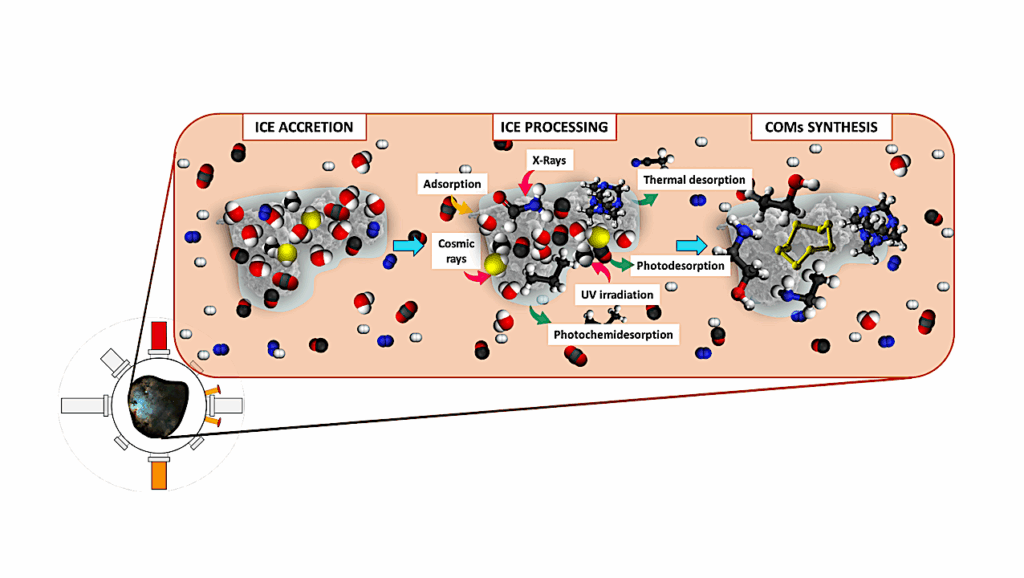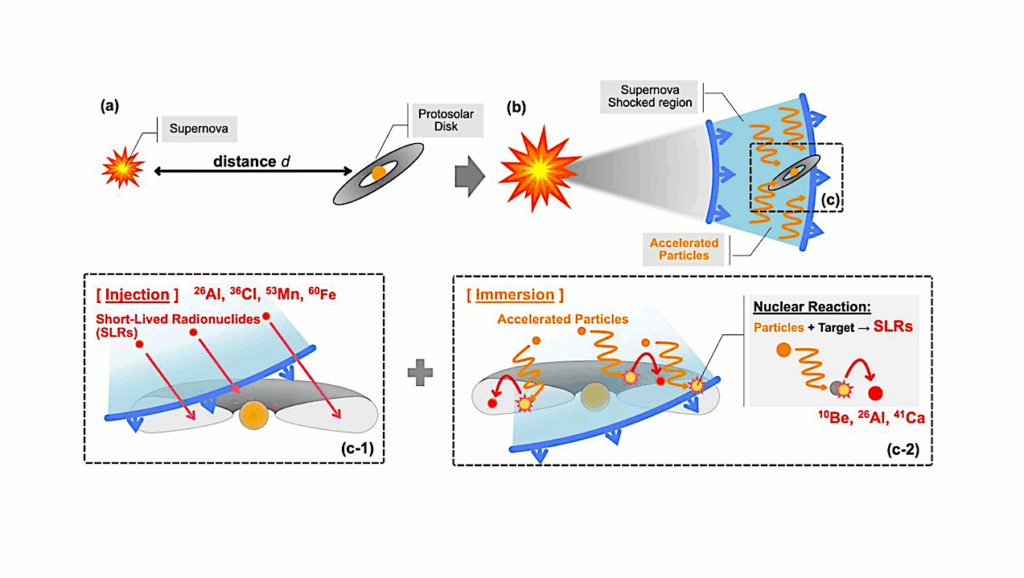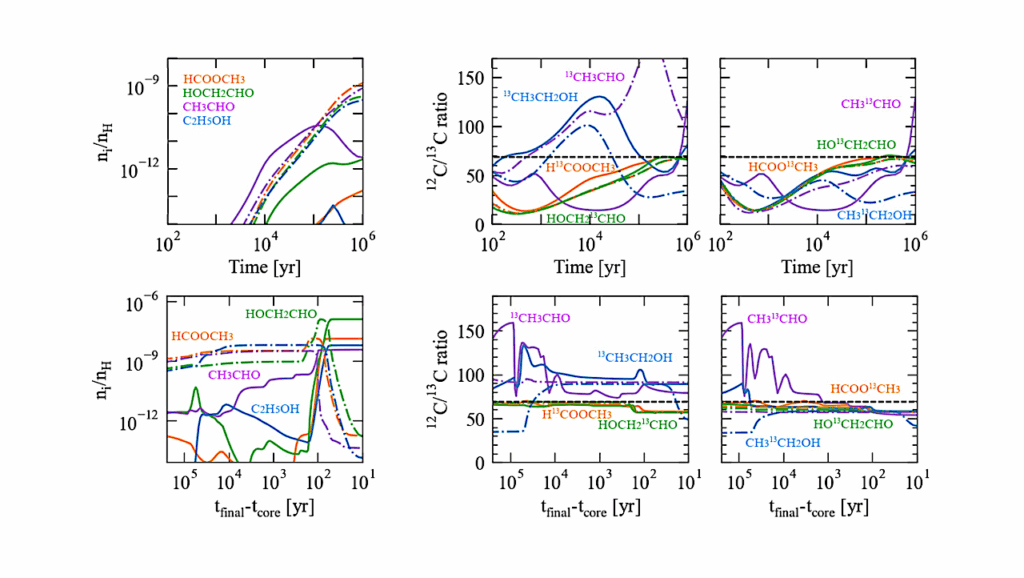Volatile Sample Return in the Solar System

We advocate for the realization of volatile sample return from various destinations including: small bodies, the Moon, Mars, ocean worlds/satellites, and plumes. As part of recent mission studies (e.g., Comet Astrobiology Exploration SAmple Return (CAESAR) and Mars Sample Return), new concepts, technologies, and protocols have been considered for specific environments and cost.
Here we provide a plan for volatile sample collection and identify the associated challenges with the environment, transit/storage, Earth re-entry, and curation. Laboratory and theoretical simulations are proposed to verify sample integrity during each mission phase. Sample collection mechanisms are evaluated for a given environment with consideration for alteration. Transport and curation are essential for sample return to maximize the science investment and ensure pristine samples for analysis upon return and after years of preservation. All aspects of a volatile sample return mission are driven by the science motivation: isotope fractionation, noble gases, organics and prebiotic species; plus planetary protection considerations for collection and for the sample.
The science value of sample return missions has been clearly demonstrated by previous sample return programs and missions.
Sample return of volatile material is key to understanding (exo)planet formation, evolution, and habitability.
Returning planetary volatiles poses unique and potentially severe technical challenges. These include preventing changes to samples between (and including) collection and analyses, and meeting planetary protection requirements.
Stefanie N. Milam, Jason P. Dworkin, Jamie E. Elsila, Daniel P. Glavin, Perry A. Gerakines, Julie L. Mitchell, Keiko Nakamura-Messenger, Marc Neveu, Larry Nittler, James Parker, Elisa Quintana, Scott A. Sandford, Joshua E. Schlieder, Rhonda Stroud, Melissa G. Trainer, Meenakshi Wadhwa, Andrew J. Westphal, Michael Zolensky, Dennis Bodewits, Simon Clemett
Comments: White paper submitted to the Planetary Science and Astrobiology Decadal Survey 2023-2032
Subjects: Instrumentation and Methods for Astrophysics (astro-ph.IM); Earth and Planetary Astrophysics (astro-ph.EP)
Cite as: arXiv:2007.14899 [astro-ph.IM] (or arXiv:2007.14899v1 [astro-ph.IM] for this version)
Submission history
From: Stefanie Milam
[v1] Wed, 29 Jul 2020 15:16:41 UTC (540 KB)
https://arxiv.org/abs/2007.14899
Astrobiology, Astrochemistry








